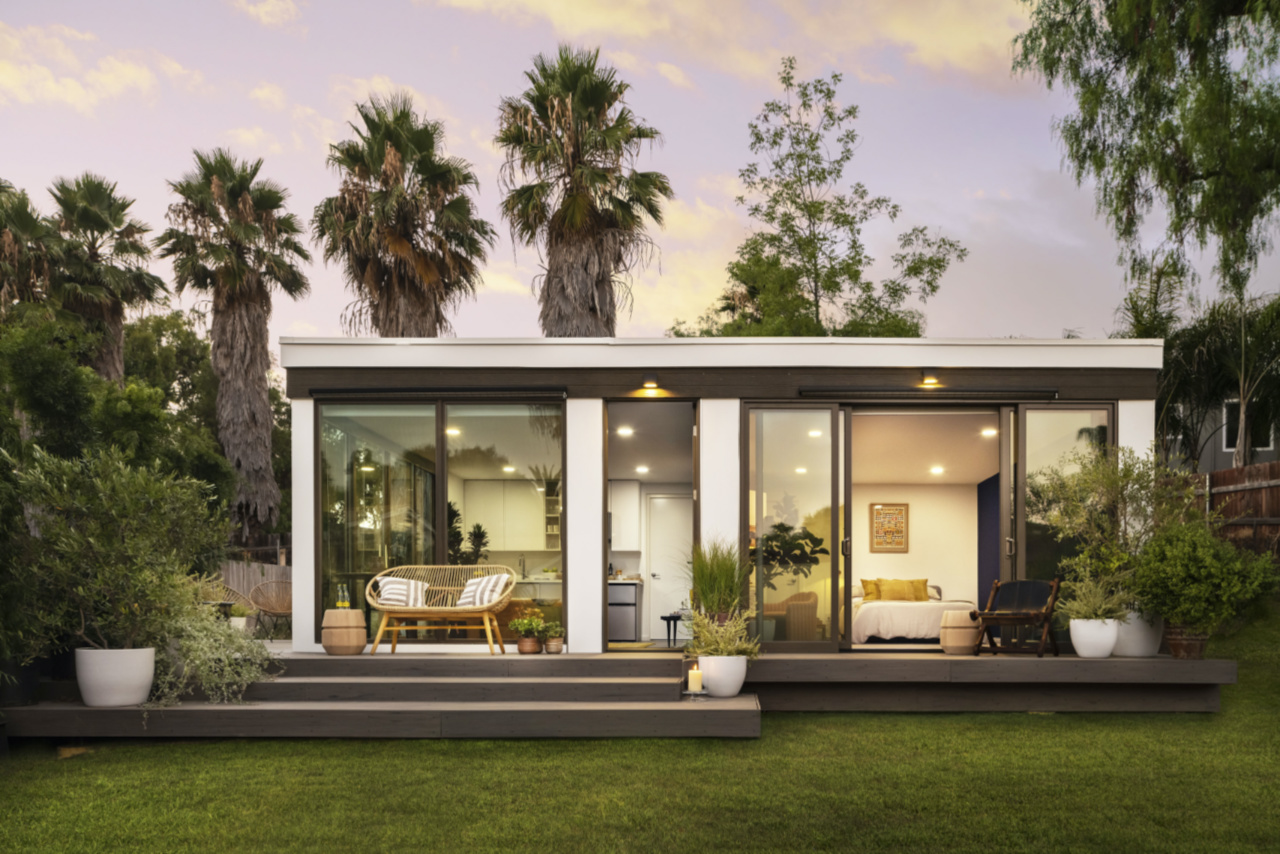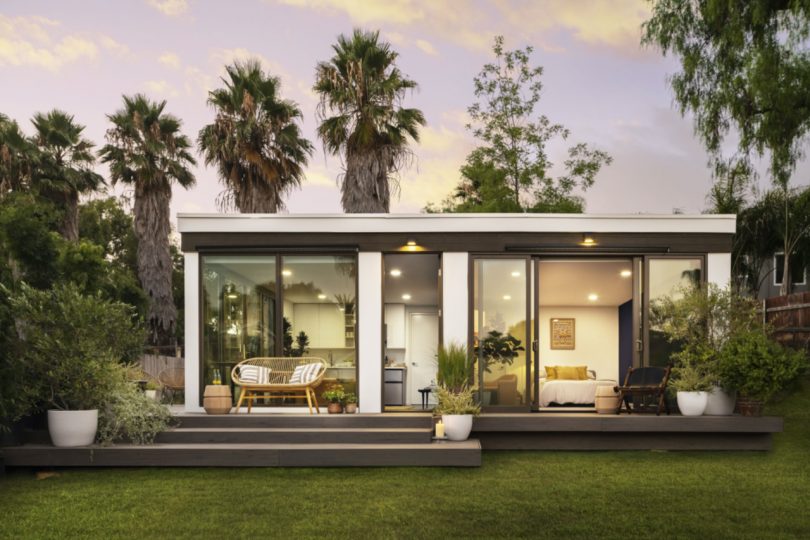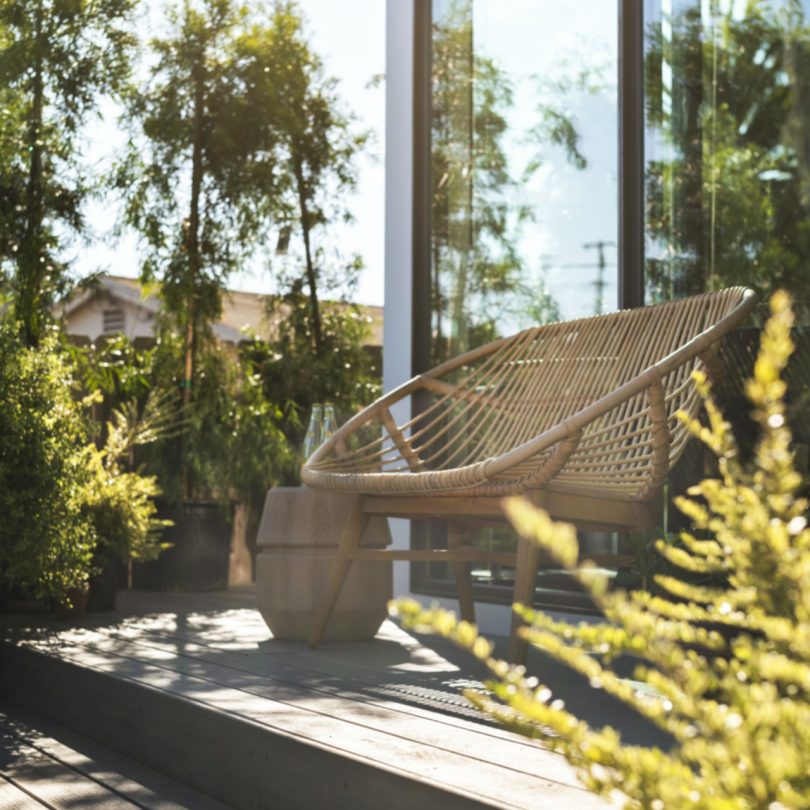Mighty Buildings 3D-Prints Homes to Address Housing Crisis
Mighty Buildings has announced its launch and a commitment to using 3D printing and robotic automation to help end the housing crisis.

Mighty Buildings, a construction technology company that describes itself as ‘a coterie of entrepreneurs, inventors, and technologists’ has announced its launch and a commitment to using 3D printing and robotic automation to help end the housing crisis.
The company’s 3D printers use a thermoset composite called Light Stone Material (LSM) that hardens when exposed to UV light, making it a more effective building material than concrete.
The cost of housing in the U.S. has been rising faster than wages for decades, there is a nationwide lack of affordable housing, and the COVID-19 pandemic has resulted in unprecedented numbers of job losses. Combine this with a shrinking labor pool for the construction of new homes and you’ve got a perfect storm. Official statistics suggest that 500,000 people in America are homeless, but millions more are ‘housing insecure’ meaning that most of their income goes to rent and bills, leaving little for unexpected expenses, or that they live in overcrowded, unsanitary or unsafe conditions.
“It is important to us to make beautiful, affordable, and sustainable housing a reality for more people because housing is at the intersection of a number of global crises,” says Mighty Buildings co-founder and Chief Sustainability Officer, Sam Ruben. “The lack of productivity in the construction sector is driving housing scarcity and the affordability crisis on pace to impact 1 in 3 urban dwellers globally by 2025, over 1.5 billion people.”
Mighty Buildings proposes a new, versatile and efficient automated system that can 3D-print a 350-square-foot studio apartment in less than 24 hours out of their Oakland, California factory, with prices starting at $99,000. While that might not be accessible to someone barely making rent, making affordable and sustainable homes a reality for more people (their units cost 45% less than comparable homes) – and quickly – frees up even more affordable housing for those that need it.
Their automated production system is more efficient and less costly than conventional building methods. By leveraging a combination of 3D printing and prefab techniques, Mighty Buildings has created a platform that can automate up to 80% of the building process, producing structures with 95% fewer labor hours, twice as quickly as conventional construction.
Crucially for the environment, their system also generates 10 times less waste. In the UK, the construction industry is the largest user of natural resources and generates waste equivalent to 30% of the materials delivered to site – figures which reflect those across the developed world. As most of it currently ends up in landfill, reducing waste is a critical part of cleaning up construction.
Mighty Buildings’ dwellings are also highly energy-efficient, another important factor in their sustainability. “The housing crisis is further exacerbated by climate change and in the US alone, home energy use contributes 40% of total CO2 emissions,” says Ruben. “Given these realities, it is imperative that we find new ways to build that can leverage our shrinking construction labor pool to build more homes in order to bring housing costs down, while also improving the energy efficiency to reduce the contribution to climate change. In the end, sustainability is about finding the right balance of people, planet, and profit, something that our mission reflects.”
For existing homeowners, Mighty Buildings offers prefabricated ADUs. ‘Accessory Dwelling Units’ – or ‘granny flats’ – are secondary housing units on single-family residential lots that enable multi-generation living, helping people to care for elderly parents while maintaining their independence, or give grown-up children their own space. They have already completed examples in San Ramon and San Diego.
For architects, Mighty Buildings can digitally fabricate without support structures, meaning almost unlimited design freedom to create complex geometries that would otherwise be costly or impossible with traditional methods.
Unlike typical prefab factories that can produce a single design with a limited number of variations over and over again, Mighty Buildings’ factories are design-agnostic, enabling them to create different floor plans with complex components and panels or full-size volumetric modules.
“Because we’re building homes for people to live in, we have been very deliberate in carrying out our vision to make housing better. This isn’t software that can be debugged on the fly,” says Slava Solonitsyn, Mighty Building’s CEO and co-founder. “We’re ready to scale production with full confidence in our certifications and code compliance of both our material and technology.” Mighty Buildings is certified under California’s Factory Built Housing program to create units utilizing 3D printing and was the first company to achieve certification under the UL 3401 standard for evaluating building structures and assemblies.












